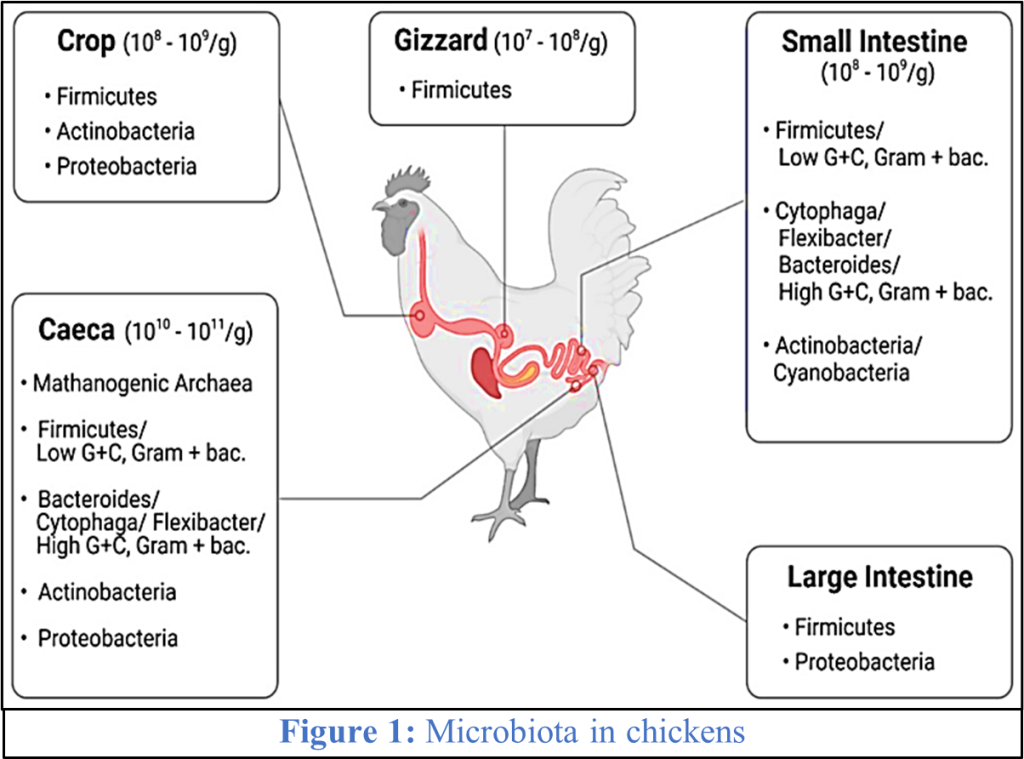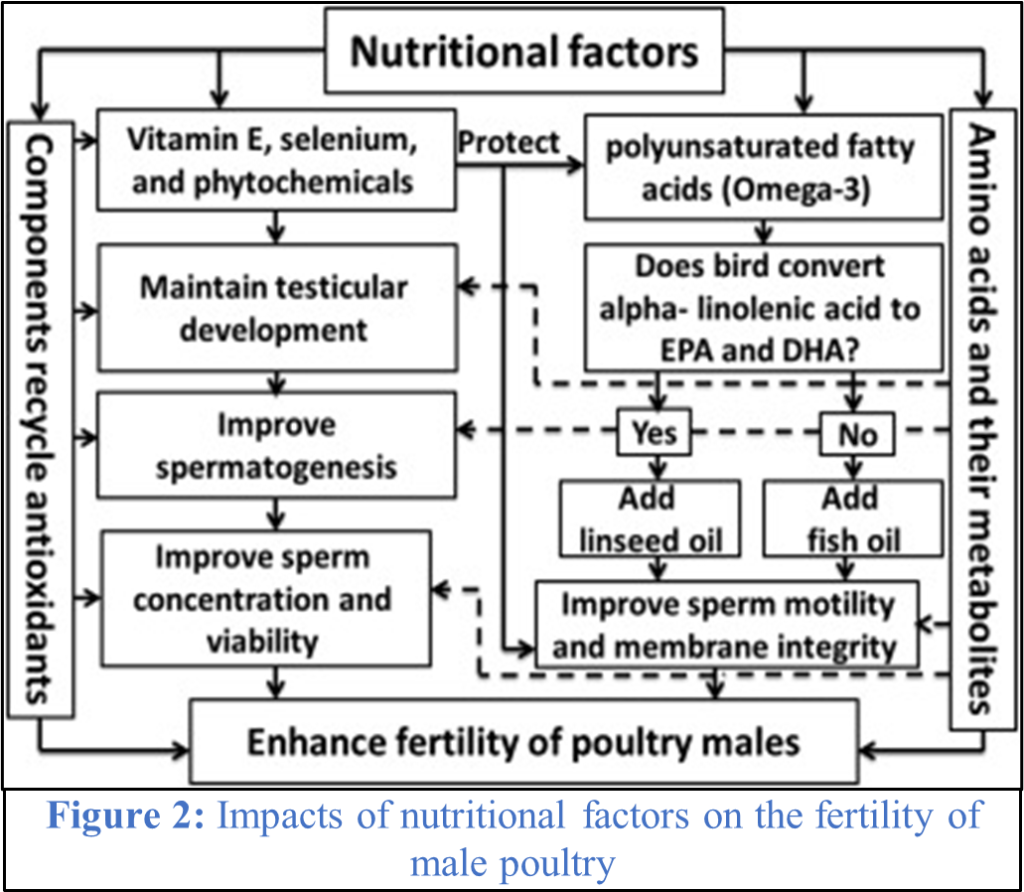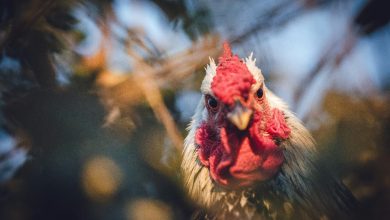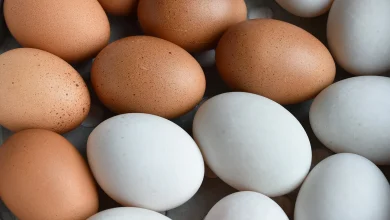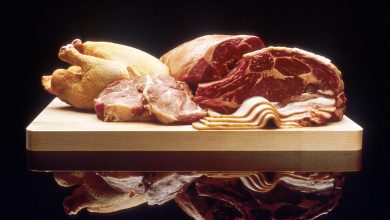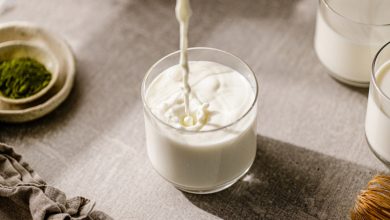Improved fertility in poultry
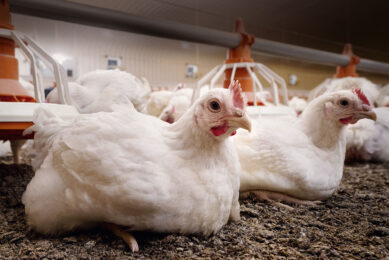
Improved fertility in poultry: The role of nutrition and different management techniques
Introduction
Poultry production has markedly increased globally over the last 50 years. In poultry, nutrition is integrally linked to the hypothalamo-pituitary-gonadal axis. It has been known for many years that egg production in hens stops quickly following fasting. The administration of mammalian or avian gonadotropin restores, albeit partially, egg production in starved hens; this suggesting that underlying cause is the lack of pre-ovulatory LH surges.
Fasting is followed rapidly by decreases in plasma concentrations of LH, body weight together with precipitous declines in ovarian and oviductal weights. Similarly, production of eggs and plasma concentrations of LH decrease quickly after reducing calcium or sodium in the diet of hens. In young chickens, protein deficiency also has been demonstrated to rapidly cause atrophy of gonads, decrease circulating concentrations of LH and depress responsiveness to GnRH.
The NRC Nutrient Requirements of Poultry has been invaluable to researchers and important to the poultry industry recommending minimum levels of nutrients in the feed. These requirements are based on the published research prior to the development of the specific edition of NRC Nutrient Requirements of Poultry. Primary breeders publish age specific nutrient recommendations for each of their genetic lines. The recommendations for calcium content in laying hen diets are very high due to the demands of eggshell formation. Moreover, the levels of calcium in diets are higher as the production cycle proceeds presumably due to the increasing size of the egg. This is the case irrespective of whether the recommendations are for layer or broiler breeder hens.
Microorganisms that live in animals’ gastrointestinal tracts (GITs) are a prime example of beneficial bacteria. Microorganisms are more densely populated in the GIT than in any other organ. Animals have evolved the ability to host complex and dynamic consortia of microbes over their life cycle during millions of years of evolution. As a result, a detailed understanding of the contributions of these indigenous microbial communities to host development and adult physiology is required for a thorough comprehension of vertebrate biology.
Factors affecting the composition in gut microbiota are shown in Figure 1. Most of these intestinal microflora’s species cannot be cultured when they are removed from their niches, as is the case with most complex ecosystems.
Selection and Fertility:
Selecting high quality poultry is a skill that is important to egg and meat production. By evaluating and selecting the most productive birds, overall improvement of the flock is achieved. It is important for commercial operations to develop and produce quality poultry in order to remain profitable and to maintain a positive reputation in the industry. In the poultry industry, birds are selected and evaluated on their general health, conformation, body weight, and performance data. The qualities in a broiler breeder will vary from the layer and pullets but the same criterion is evaluated.
Turkey breeder selection is very similar to selection of the broiler breeder. Handling the birds is an important part of the evaluation process. It must be done properly to avoid injuring the birds during the examination. Negative correlation is there between growth parameters and reproductive traits such as egg numbers and fertility. With advancement in molecular techniques, the DNA marker technology emerged as a finer tool for assessing the genetic variability.
Introduction of high breast yield strains has led to increased concern about male aggression and its negative impact on mating behaviour and fertility. Genome-wide scan using microsatellites led to identification of quantitative trait loci (QTL) for their use in marker-assisted selection (MAS). Subsequently, the single nucleotide polymorphisms (SNPs) were discovered as third generation of genetic markers.
Nutrition and Fertility:
The main goal of broiler production is to utilise the enormous development potential of the broiler to create birds with high body weights and ample breast meat. Yet, the relationship between fertility and each of these objectives is inverse. Geneticists have a substantial difficulty with broiler breeder performance because broiler breeder selection calls for a fine line between maximising growth and keeping competitive levels of reproduction.
Since the creation of strains with high breast output, male hostility and its adverse impacts on mating behaviour and fertility have been closely studied. Males’ capacity for reproduction varies. In a flock, some roosters are sub-fertile while others are very fertile and generate sperm of the highest calibre. A rooster’s quality might vary depending on management, the environment, nutrition, and genetics. It is widely believed that if both the sperm and the hen are capable of producing eggs, fertilisation will occur. Infertility may develop from a lack of semen in the oviduct, often as a result of problems with mating frequency or mating success. This is influenced by a variety of factors, such as behaviour, environment, nutrition, and heredity.
It is well known that meals, such protein and energy sources, that have an impact on a person’s overall size and body composition may also have an impact on a female’s ability to reproduce. Research has shown that increasing fertility from 91.6% to 95.4% can be achieved by reducing the amount of crude protein in the diet from 16% to 14%, 12%, or 10%, respectively. Moreover, the crude protein ratio in male diets may need to be as low as 9–10% for optimal semen production. Nevertheless, low-protein diets can boost fertility by up to 2% to 3%. Furthermore, the function of vitamins and trace minerals, particularly vitamin E, carotenoids, and selenium, which act as natural antioxidants and shield the sperm and embryo, can have a major impact on fertility and hatchability.
Male fertility
In the industrial production of avian species, one male is responsible for the production of a huge number of fertilized eggs, which can exceed more than 1,000 fertilized eggs per year in some species such as chickens.
The fertilising potential of males varies. Within a flock, some roosters are extremely fertile and create high quality sperm, while other roosters are sub-fertile. This variation in rooster quality is caused by management, environment, nutrition, and genetics.
It is generally considered that most male fertility problems are related to mating behaviour, although nutrition and obesity can also play a major role. Various impacts of nutritional factors on the fertility of male poultry are shown in Figure 2.
Female fertility
Fertility is fundamental to reproductive success, and so we should expect fertility traits to be under strong selection to maximize reproductive output and minimize the wastage of gamete investment. Key phases in the female reproductive cycle where fertility may be compromised, and broadly categorize the physiological mechanisms of infertility are:
- failure to produce fertilizable eggs,
- failure during ovulation,
- failure to obtain sufficient sperm,
- failure to store and transport sperm, and
- failure of fertilization
It is generally assumed that if the hen is capable of producing eggs and the sperm is viable, then fertilisation will occur. Infertility may be due to an absence of semen in the oviduct, mostly as a result of problems with mating frequency or mating success. Studies indicate that selection for higher body weight results in greater proportions of erratic ovulations, and that defective egg syndrome will result in a lower number of settable eggs. The causes and maintenance of variation in fertility is a key question in evolutionary biology, and one in which the role of the female is often sidelined.
Future Prospects
A moderate vitamin E supplementation of a balanced poultry diet significantly maintains male fertility functions, including semen volume, sperm concentration, sperm viability, sperm motility, and sperm capacity, in poultry species. In addition, a moderate vitamin E diet supplementation significantly maintains female fertility in poultry species, including egg production, egg fertility, and egg hatchability.
It has been understood that the maintenance of fertility in male and female birds by vitamin E is based on its property as a defence mechanism against oxidative damage, which predominantly results from the breakdown of polyunsaturated fatty acids. The nutritional factors that improve fertility may have different modes of action, and thus further experiments are required to test whether adding combinations of nutrients with diverse modes of action can improve the fertility of poultry.

